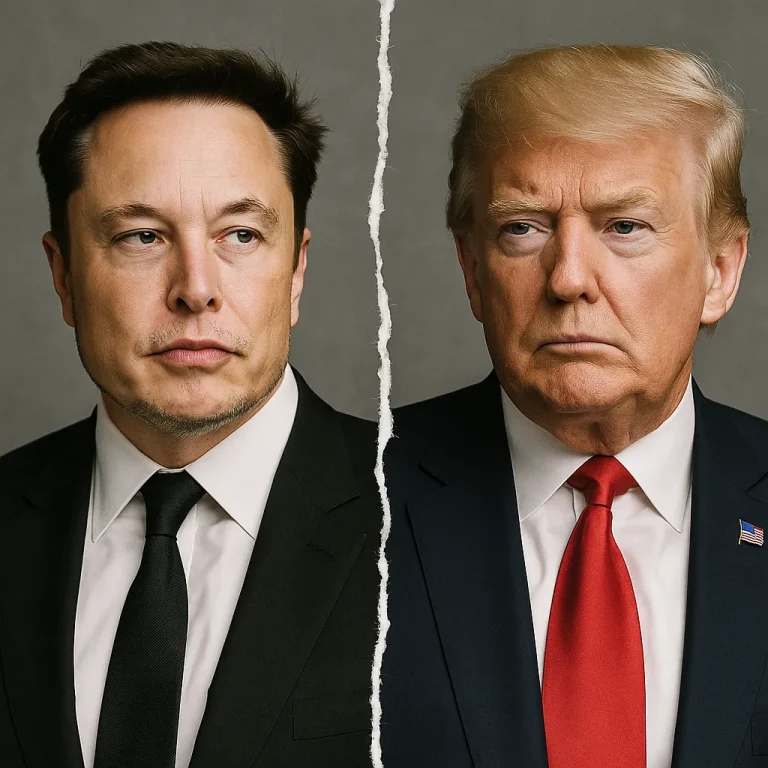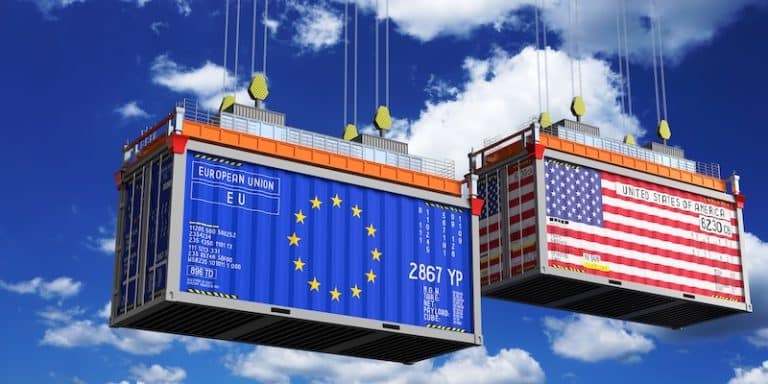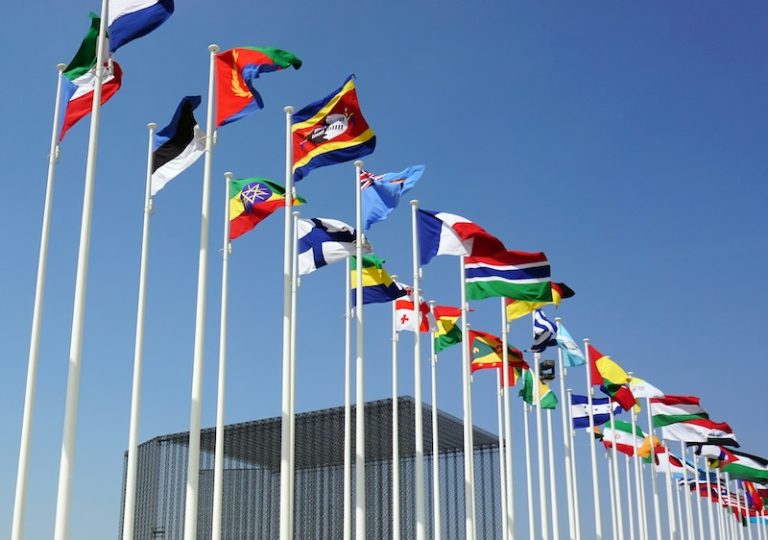
Photo: Adobe Stock
By PeanutsChoice for CitizenOfEurope.com
The EU and the U.S. are locked in a high-stakes trade conflict, widely referred to as the ‘EU-US trade war 2025’ or ‘Trump tariffs Europe’ standoff that could have real consequences for everyday people across Europe and the United Kingdom. With the U.S. doubling tariffs on European steel and aluminum to 50% on June 4, 2025, the European Union has fired back with a retaliatory package worth up to €95 billion. This isn’t just political theater—it’s a serious economic disruption with impacts likely to be felt in grocery bills, job markets, and international diplomacy.
Let’s break it down.
1. Why It Matters: Rising Prices in the EU and the Impact of Tariffs on EU Prices
When the U.S. raises tariffs, it makes European exports to America more expensive. That could hurt manufacturers in Germany, France, and Italy who rely on American buyers. But the EU isn’t taking it lying down: its response includes tariffs on American products like tech components, whiskey, and agricultural goods (European Commission, 2025).
This means EU consumers could soon see higher prices on products that use U.S. parts or materials—from electronics to some food items. Businesses might also pass along extra costs, especially if they’re hit by more expensive imports.
And it’s not just about retail prices. Supply chains could slow down, delaying production timelines for everything from car parts to smartphones.
2. What’s Behind the Conflict?
At its core, this trade war is politically motivated. President Donald Trump, now seeking reelection, is once again using protectionist policies to appeal to his base. He argues that tariffs protect American jobs from “foreign exploitation,” painting the EU as a bureaucratic bully that undermines U.S. industry (Reuters, 2025).
European leaders aren’t buying it. French President Emmanuel Macron called the tariffs an act of “economic aggression” (Politico Europe, 2025). Former German Economy Minister Robert Habeck warned that treating allies as enemies will damage long-term partnerships and worsen global supply chain instability.
This is a repeat of 2018—but worse. Back then, a similar trade war cost billions and disrupted global trade. Today, the global economy is weaker, inflation remains a threat, and political divisions on both sides of the Atlantic make coordinated recovery efforts harder.
3. For EU Citizens: What to Expect
Higher Prices: EU tariffs on U.S. goods could increase the cost of American whiskey, electronics, and agricultural products. If U.S. components become harder or more expensive to source, manufacturers may raise prices on finished products.
Slower Growth: The OECD has warned that increased protectionism could shrink global trade by 0.5 percentage points this year, enough to nudge vulnerable economies toward recession (OECD, 2025).
Job Concerns: Industries like steel, manufacturing, and agriculture could be directly affected. European firms facing fewer U.S. orders might cut back on production or hiring.
Geopolitical Tensions: Everyday Europeans are also caught in the crosshairs of escalating rhetoric. Europe is pivoting to diversify trade ties—from Latin America to Asia—to lessen reliance on the U.S.
4. The UK’s Unique Position: Exempt, For Now
Interestingly, the UK has received a temporary exemption from the new U.S. tariffs. According to a June 2025 report by the Financial Times, UK Prime Minister Keir Starmer personally intervened to secure the carveout during a direct phone call with Donald Trump. This diplomatic maneuver has sparked criticism within the EU, where officials warn it may undercut a unified European front in responding to U.S. protectionism. “They may have dodged this bullet,” said one EU diplomat, “but they’re now stuck dancing at the edge of the volcano.”
British consumers and industries may feel some relief now, but the situation is fluid. If the U.S. makes further demands or if the EU counters by adjusting its trade stance with the UK, the fallout could shift rapidly.
5. EU-US Economic Relations: Can the EU Hold Its Ground?
While the EU isn’t powerless, its response needs to be unified and strategic. As Brussels ramps up trade discussions with India, South Korea, and Latin America, the message is clear: Europe is seeking alternatives to a volatile U.S. partner.
But shifting major trade routes takes time. For now, the EU must carefully calibrate its response to avoid triggering deeper economic harm.
The World Trade Organization (WTO) may step in if formal complaints are filed, referencing precedents such as the 2018 EU complaint (DS548) over U.S. Section 232 tariffs on steel and aluminum. The WTO’s latest Monitoring Report (June 2025) notes a sharp increase in restrictive trade measures, flagging the EU-US dispute as a case to watch closely. WTO Monitoring Report – June 2025. However, if Trump’s administration rejects any WTO ruling—as occurred during his first term—the credibility of the multilateral system could suffer another serious blow.
Conclusion: A Warning, Not Just a War
The EU-US trade clash isn’t just about tariffs or steel. It’s a warning signal that old alliances are fraying under pressure from nationalist politics, economic uncertainty, and leadership gaps.
EU citizens should prepare for a period of higher prices, supply chain hiccups, and geopolitical shakeups. The UK may have dodged the first blow, but it’s hardly in the clear.
In a world where global partnerships are being tested, Europe’s ability to adapt, diversify, and hold firm will define not just its economy—but its role on the world stage. The future of EU-US economic relations depends on whether cooler heads can prevail, or whether this conflict sets a precedent for deeper economic fragmentation.
Sources:
- European Commission Press Briefing, June 2025
- Reuters, “U.S. Doubles Tariffs on EU Metals,” June 2025
- Politico Europe, “Macron: Trump’s Tariffs Are Economic Aggression,” June 2025
- Financial Times, “Mordaunt Secures UK Tariff Exemption,” June 2025
- OECD Economic Outlook, June 2025
- WTO Monitoring Report, June 2025
Disclaimer: This is a developing story.
Details may change as new information becomes available. We will update this article accordingly as the situation evolves.
You may like:Transatlantic Breakdown: EU Fires Back at Trump’s Tariff Blitz





